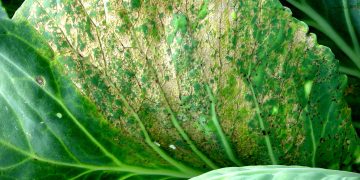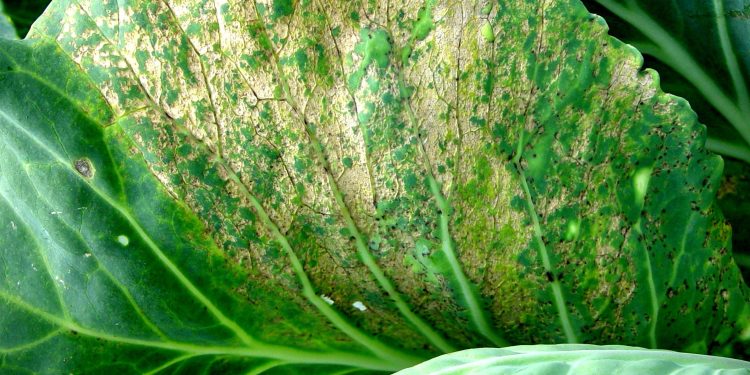#DownyMildew #PeronosporaParasitica #FungalDisease #CropProduction #ControlStrategies #Biocontrol #GeneticResistance #CropRotation #Sanitation #Fungicides
Downy mildew is a fungal disease that can devastate crops, particularly those in the Brassicaceae family, such as broccoli, cabbage, and cauliflower. Peronospora parasitica, the pathogen responsible for this disease, can cause yield losses of up to 80% in severe outbreaks, making it a significant concern for farmers and food producers.
The development of downy mildew starts with the presence of the pathogen in soil or plant debris. When environmental conditions are favorable, the pathogen produces spores that are carried by wind or water to infect the plant. Once inside the plant, the pathogen grows and spreads, ultimately causing characteristic symptoms such as yellowing and wilting of leaves and stunted growth.
Preventing and controlling downy mildew outbreaks is essential to maintain the health and productivity of crops. Cultural practices such as crop rotation and sanitation can help reduce the incidence of the disease. Fungicides can also be used to prevent or control the disease, but their efficacy can be limited, and the development of resistant strains of the pathogen is a concern.
To combat the ongoing threat of downy mildew, ongoing research is needed to understand the biology of the pathogen and its interactions with the plant and the environment. Developing new control strategies, such as genetic resistance or biocontrol agents, may also be necessary to mitigate the impact of this disease on agriculture.
In summary, downy mildew caused by Peronospora parasitica is a serious threat to crop production. Preventing and controlling outbreaks requires a combination of cultural practices and chemical control, with ongoing research needed to develop new and effective control strategies.































